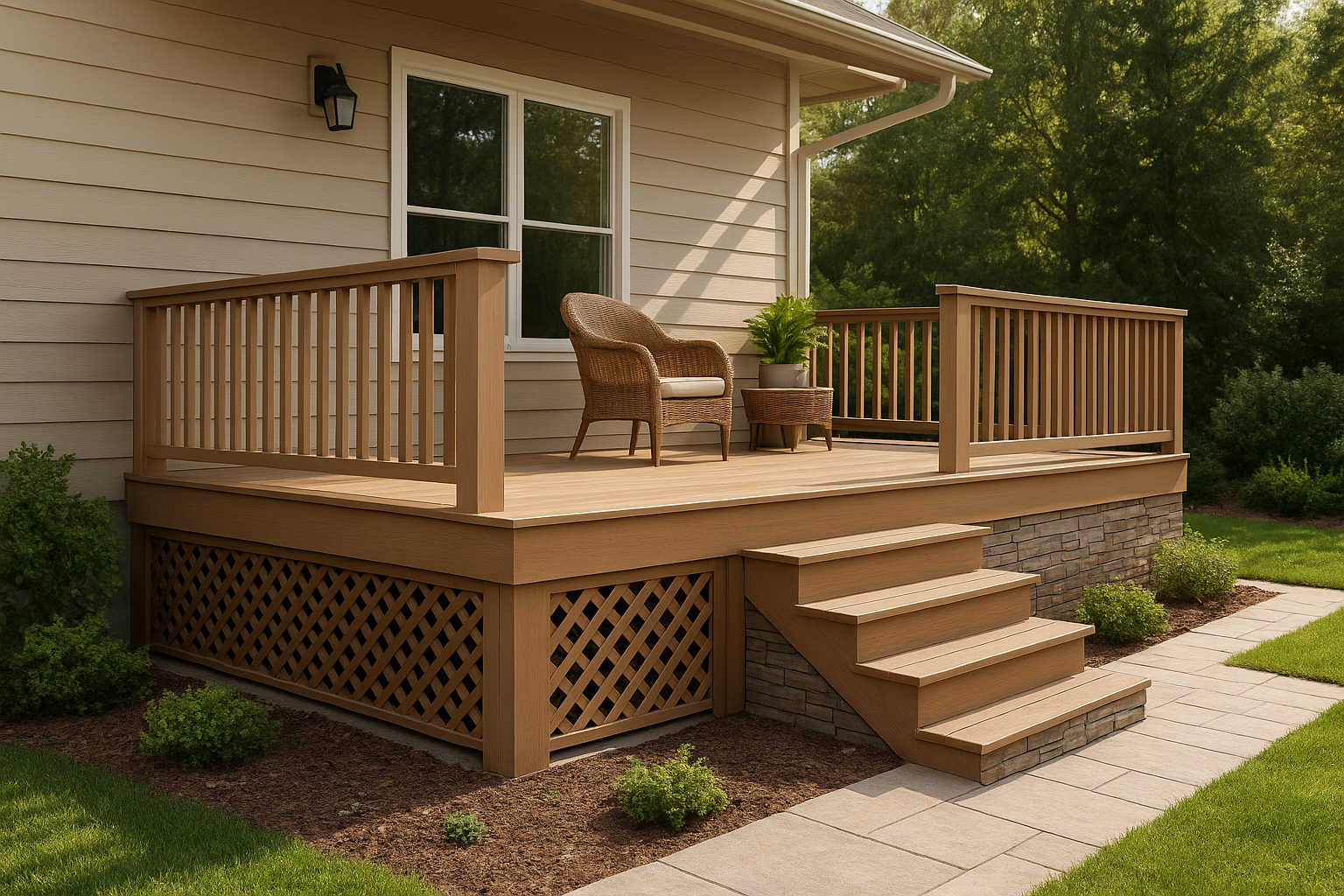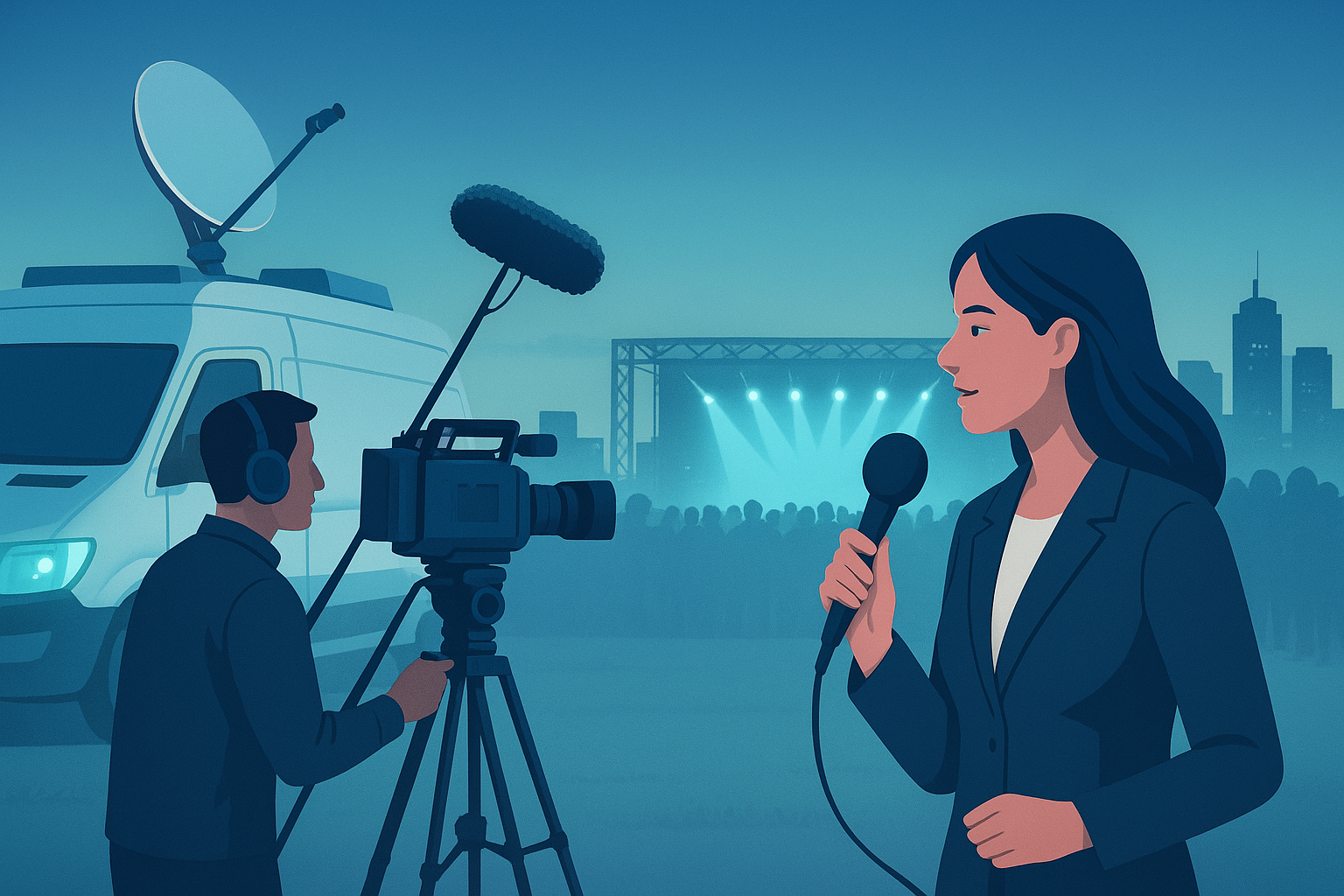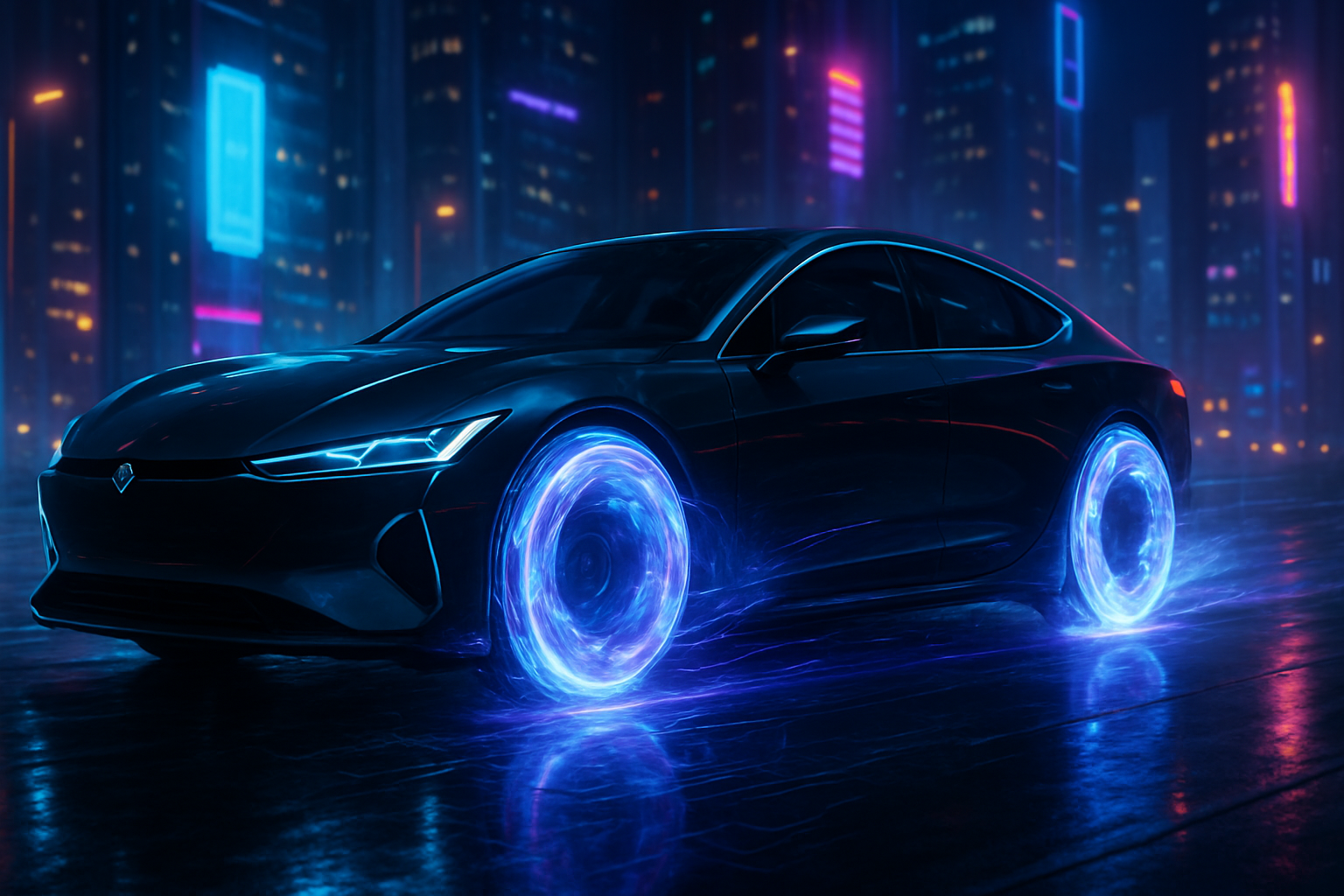When the world tunes in to a music festival, a sports match, or a live news event — that seamless, real-time coverage you see on TV or social media isn’t magic. It’s the power of outdoor broadcasting — the art and science of bringing the studio outdoors.
This behind-the-scenes technology enables production teams to film, edit, and transmit high-quality live or recorded content directly from the field. From massive OB vans to cutting-edge satellite links and AI-enhanced workflows, outdoor broadcasting is redefining how the world experiences live moments.
What Is Outdoor Broadcasting?
Outdoor broadcasting (often called outside broadcasting or OB) refers to the process of capturing and transmitting live or pre-recorded events from outside a studio environment. It involves using mobile production units — known as OB trucks or OB vans — equipped with cameras, sound systems, mixing consoles, and satellite uplinks.
Essentially, it’s a mobile TV studio on wheels that allows broadcasters to go wherever the story is — whether that’s a packed stadium, a concert stage, or the middle of a busy city street.
How Outdoor Broadcasting Works
Outdoor broadcasting is a multi-layered process that combines field production, technical coordination, and broadcast transmission. Here’s how it happens:
- Setup and Equipment Deployment
OB teams set up multiple cameras, microphones, and communication systems around the event area. The footage is transmitted via cables or wireless links to the OB van. - Live Mixing and Monitoring
Inside the van, directors and engineers monitor the live feed, switching between camera angles and adjusting audio levels in real-time — much like a control room in a studio. - Transmission to Networks
Once the footage is ready, it’s sent through satellite, fiber-optic, or 5G connections to broadcasting centers or directly streamed online.
Modern OB operations often integrate AI tools and cloud systems to speed up editing, captioning, and content distribution. Platforms like Web Tools Pilot are part of this new wave, offering AI-enhanced story-writing and content automation tools that help production teams create narratives, scripts, or summaries faster than ever.
Key Technologies in Outdoor Broadcasting
Outdoor broadcasting today looks very different from its early days. Technology has transformed how broadcasters work on location:
- 4K and 8K Cameras: Deliver crystal-clear visuals, even in challenging lighting.
- Wireless Video Transmission: Reduces cable clutter and allows flexible camera positioning.
- 5G Connectivity: Enables low-latency live streaming from remote areas.
- AI Automation: Helps generate captions, analyze audience reactions, and optimize video highlights.
- Remote Production (REMI): Allows directors to manage broadcasts from centralized studios instead of being on-site.
Even smaller production setups benefit from these innovations, giving independent creators access to professional-grade live coverage.
Applications of Outdoor Broadcasting
Outdoor broadcasting is everywhere — powering some of the world’s biggest and smallest live events alike.
- Sports Coverage: From football leagues to marathons, OB setups handle multiple camera feeds and real-time analysis.
- Music and Festivals: Multi-camera angles and immersive sound capture every beat of a concert.
- News and Politics: Reporters deliver live coverage directly from the scene.
- Corporate and Educational Events: Conferences, graduations, and live workshops are now streamed globally.
Each event requires precise coordination, strong connectivity, and skilled technicians to ensure broadcast continuity.
Challenges of Outdoor Broadcasting
While it’s fascinating, OB isn’t without its hurdles. Teams face challenges like:
- Unpredictable Weather: Rain or heat can affect both equipment and signal quality.
- Connectivity Issues: Maintaining a stable satellite or 5G link in crowded areas.
- Power Limitations: Managing generators and power backups in outdoor environments.
- Audio Interference: External noise can disrupt sound quality during live broadcasts.
To overcome visibility challenges in bright outdoor settings, advanced screen displays often use back light unit lens technology, improving clarity for directors and camera operators. (You can learn more about this innovation in what is back light unit lens technology).
Outdoor Broadcasting Equipment — The Heart of Live Coverage
A typical OB unit includes:
- Multi-camera setups (fixed, handheld, and drone cameras)
- Vision mixers for switching between feeds
- Audio mixers and microphones
- Lighting rigs and power control
- Communication systems for crew coordination
- Satellite dishes or 5G antennas
Each of these components works in sync to capture, process, and transmit the perfect live experience.
Modern systems often integrate OPS technology, which allows compact digital modules to connect display and control components efficiently — perfect for OB vans and production racks. Explore more about this tech in what is OPS technology.
AI and the Future of Outdoor Broadcasting
AI is reshaping the landscape of outdoor broadcasting in powerful ways. Broadcasters now rely on automation for real-time transcription, shot recognition, and even story generation.
Imagine a live sports broadcast where AI automatically creates commentary highlights, or a music festival where scripts and captions are generated instantly. That’s where AI-enhanced tools — like the creative suite from Web Tools Pilot — come in. Their AI Enhanced Story Writer feature, for example, can help producers and media teams quickly craft story outlines or event summaries for post-broadcast publishing.
By combining human creativity with AI precision, broadcasters can deliver faster, smarter, and more personalized coverage than ever before.
The Evolution of Outdoor Broadcasting
From analog signals to ultra-HD digital feeds, outdoor broadcasting has evolved dramatically:
- Past: Bulky trucks, limited mobility, manual signal routing.
- Present: Digital workflows, wireless transmission, cloud editing.
- Future: Fully remote production, AI-driven analysis, virtual sets, and augmented reality integration.
As technology continues to advance, OB will play an even more critical role in merging traditional broadcast media with digital streaming ecosystems.
Final Thoughts — The Power of Going Live
Outdoor broadcasting is much more than just filming outside; it’s a complex symphony of technology, timing, and teamwork. From the precision of OB vans to the speed of AI-powered content creation, it represents how media continues to evolve to meet real-time audience demand.
As the line between broadcast and digital blurs, outdoor broadcasting remains the bridge that connects both worlds — bringing stories to life wherever they happen.












